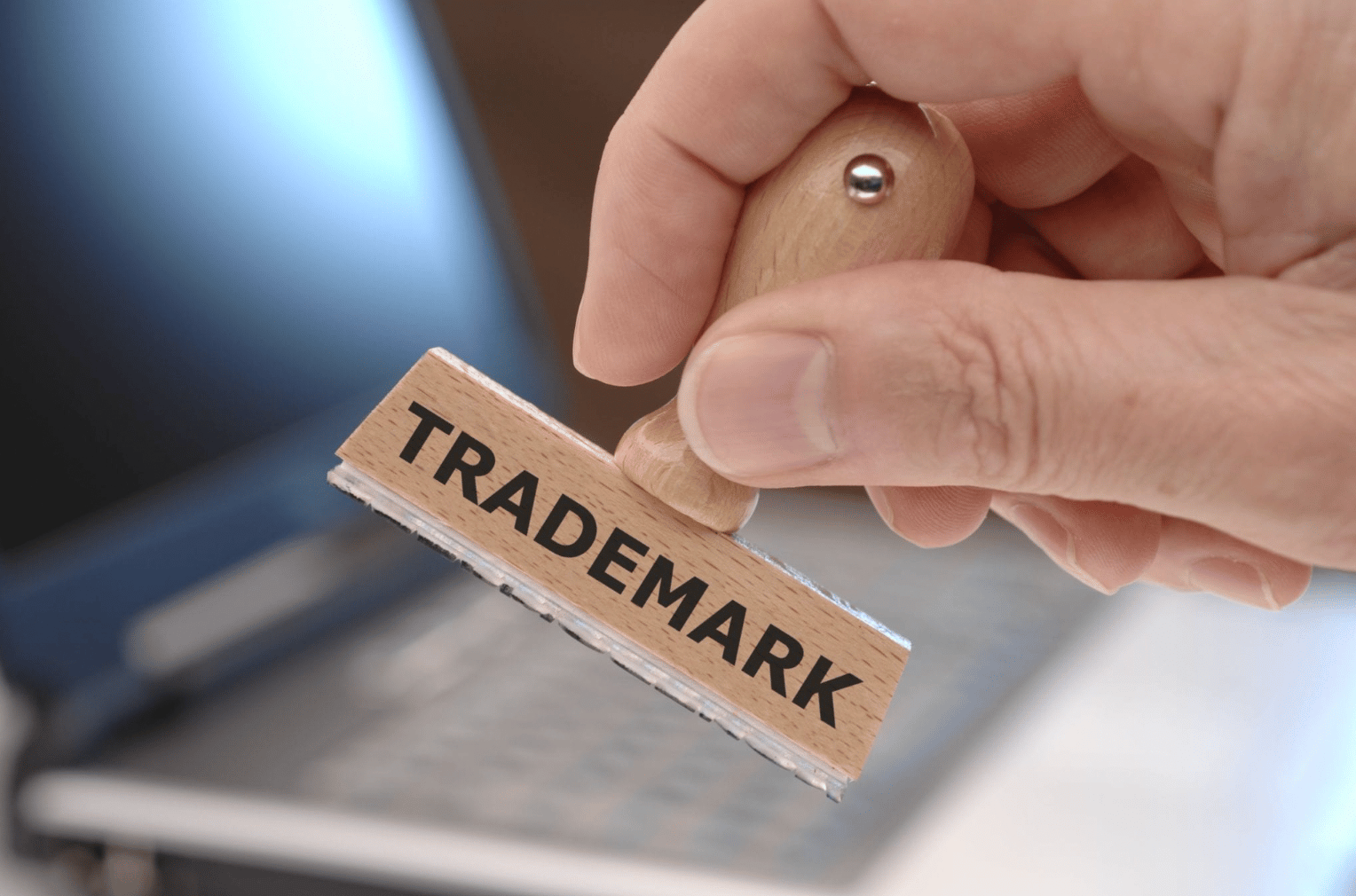It’s essential to maintain the integrity of your brand, no matter what business you’re in. Whether it’s a polished design from a logo maker or a professionally purchased drawing, you’ll need to ensure a logo is tied to your company exclusively. Registering your logo with the trademark office ensures you can take real action if someone tries to steal your brand. A deeper look at trademark law will help make it easier to secure your brand from copycats looking to profit from your hard work!
Contents
Securing Your Brand
A logo is how businesses visually stand out from the competition. The image can be anything from a company name in a particular font, such as the Sony logo, to an icon that represents the company as a whole as in the Starbucks mermaid. However, if another organization were to use those images for their own products, they would also be associated with the goods or services the original business provides.
Trademarking allows companies to take legal recourse to stop those with mal intent from tarnishing their brand. It protects these intellectual properties from being abused or stolen and allows businesses to secure their branding in other countries as well. Otherwise, all of the time and effort you put into a logo maker crafting the perfect symbol will go to waste!
Levels of Trademark
You may be just starting a business with a fresh new logo, or the company may be looking to rebrand its identity. Either way, the end result should be trademarked. Depending on how big you feel your business may become, there are three levels of trademark protection that apply to your company’s new look:
- Common Law: Local businesses don’t always have to register with the State Patent and Trademark Office (SPTO). If a company is looking to stay in a small geographic area, it can add the ™ symbol and keep other nearby organizations from using its branding.
- State: Companies interested in working throughout a particular state may want to incorporate themselves, form an LLC, or go through the state trademarking process. However, this doesn’t prevent a company in a different state from creating a similar image with a professional logo maker.
- Federal: Covering your brand from sea to shining sea, a federal trademark is the highest level of protection that the US offers to its businesses. While it can be a long process, federal trademarks open doors for companies to extend their brand internationally while keeping it safe from counterfeits the world over.
While it is certainly cheaper and easier to rely on common law trademarks, failing to register your logo federally may have negative repercussions in the long run. It’s a good idea to start the process right away or you may lose the rights to your own corporate image!
The Path to TM
It can take some time for an organization to trademark its logo, and many businesses need help from a patent attorney for filing the appropriate paperwork. Even so, anyone can apply for a trademark online via the USPTO website. The steps needed to trademark a brand include:
#1. Unique Design
Before you can trademark a logo or business name, you’ll need to actually have one! While some companies choose to hire a professional artist to make their iconography, it’s easy to design a great looking one with free logo maker tools online. You should also research similar-looking logos to help prevent your design from being rejected out of the gate.
#2. Application Prep
Take some time to fill out the appropriate forms completely. Since there are no reimbursements for trademark fees when a logo doesn’t receive approval, it’s important to get things right the first time. Forms generally include the following:
- Business Name and Address
- Products and/or Services Provided
- JPEG Image and Color Description
- JPEG or PDF of Specimen (how the logo will look in use)
- Required Funds
Providing a specimen is a crucial part of the application process. It shows the USPTO how the company intends to apply the logo commercially, such as on packaging. Brochures, business cards, and other marketing materials aren’t appropriate for this purpose and will be rejected outright.
#3. Filing and Fixing
Once the forms are complete, the USPTO can guide applicants through the process. Verification can then be tracked on the organization’s website as the case is handed off to a federal trademark attorney. After checking for similar logos and ensuring it meets all legal requirements, the application will either be approved or sent back for any needed corrections. If no other companies have issues with the design, it becomes a fully registered trademark.
The Trademark Trail
It may take some time to get a logo ready for public display, but the end result is worth it. If you’ve paid substantial money for a brand image or created one yourself with a logo maker, there’s peace of mind in knowing it can’t be stolen by another business. By trademarking your intellectual property, your logo is sure to be a lasting representation of the company brand!

